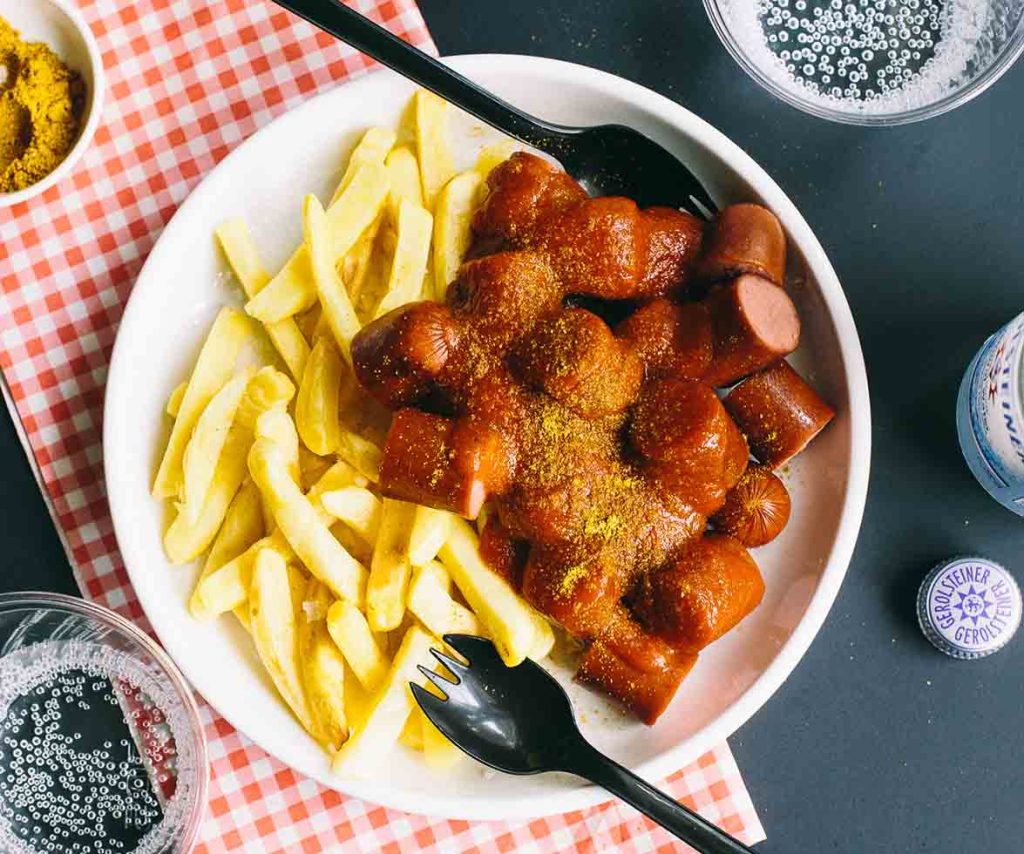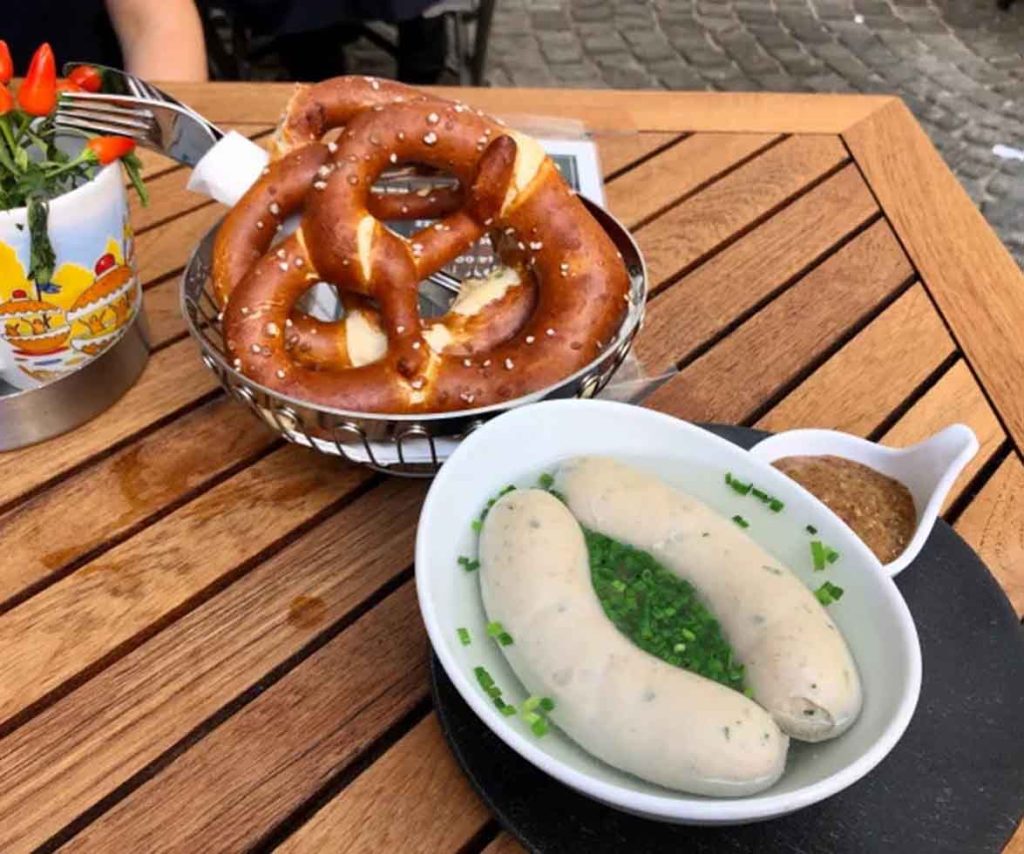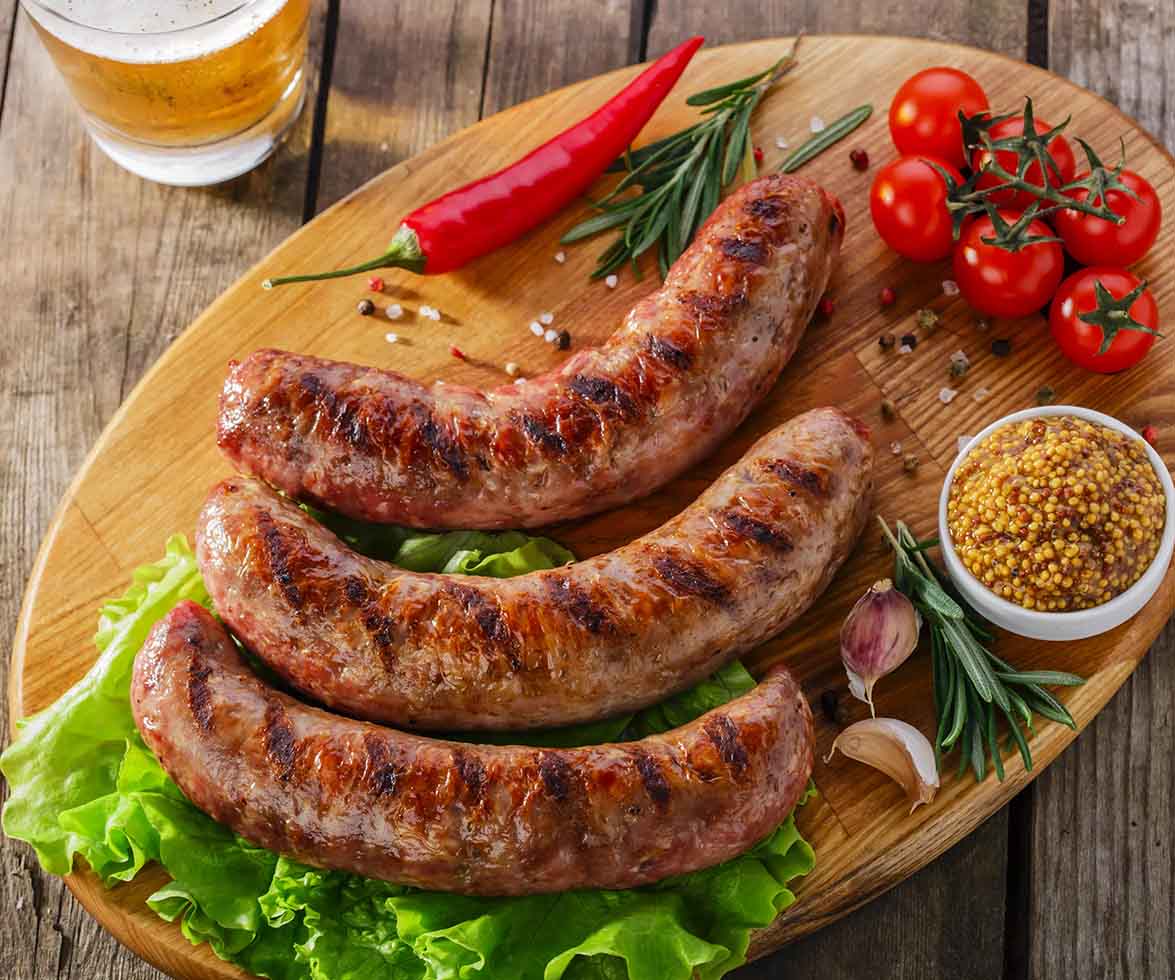1. Arrival in Bremerhaven – A Port City with Character
The train pulled into Bremerhaven Hauptbahnhof just after noon, and the first thing that struck me was the crisp North Sea breeze cutting through the station’s open platforms. A city born of maritime might, Bremerhaven doesn’t bother with unnecessary pretense. There’s a kind of unvarnished authenticity here—the kind that creeps into your bones and stays there, especially if you arrive in early spring, like I did, when the sky is still negotiating with the sun and the wind shows no signs of surrender.
Bremerhaven is a city of ships, of trade winds and tales, and it smells faintly of salt and smoked fish. But that wasn’t what brought me here—not this time. I came for the food. More precisely, for the hearty marriage of German beer and sausages, two of the country’s most revered contributions to global cuisine. And let’s be honest: they’re even better when enjoyed together.
2. First Stop: “Fiedler’s Fischmarkt” – Not Just for Fish
I had heard whispers of Fiedler’s Fischmarkt, located on the Schaufenster Fischereihafen—the “shop window” of the old fishing harbor. While this is more famously known for its seafood, I discovered that the locals love it for something else entirely: their underrated, hearty bratwurst.
The beer garden adjacent to the market was beginning to fill with workers on break, their laughter echoing against the metal sides of moored fishing boats. I ordered a coarse, smoked Thüringer-style bratwurst, served with grainy mustard and a crusty Brötchen roll. Beside it stood a tall glass of Jever Pilsener, as clean and sharp as the sea air around me.
The bratwurst was grilled just enough to give a snap when bitten, its spices complemented beautifully by the herbal bitterness of the beer. Sitting on a wooden bench, I felt the rare satisfaction of getting exactly what I came for on the first try.
3. “Imbiss am Zoo” – A Hidden Champion of the Sausage World

Bremerhaven Zoo isn’t the largest in Germany, but just outside its entrance is a humble food stand that deserves a place in any sausage enthusiast’s itinerary. “Imbiss am Zoo” doesn’t boast a fancy menu, but what it lacks in flair, it makes up for with flavor.
I ordered a Currywurst—the Berliner classic, reinvented in the north. Their version came drenched in a tomato-based curry sauce with a subtle tang, less sweet than the Berlin variety, and served with thick fries dusted with paprika. The surprise? A local brew from Bremen’s Union Brauerei—smooth, slightly malty, and just bitter enough to cut through the richness of the sausage.
What I appreciated most here was the balance: no single flavor tried to dominate. The spice of the curry, the smoke of the sausage, and the crisp hop finish of the beer danced in quiet harmony.
4. A Night at “Deichkrug”: Rustic Atmosphere, Robust Plates
Later in the evening, I found myself at Deichkrug, a traditional tavern nestled in a residential quarter just east of the harbor. The kind of place with wooden beams, lace curtains, and regulars who don’t need menus.
The waitress, efficient and humorless in the best possible way, recommended the Hausmacher Mettwurst—a raw, spreadable pork sausage served on thick slices of rye bread with onions. Not everyone’s first choice, but I’m glad I listened. Paired with a Schwarzbier from Köstritzer, the meal was dense, dark, and immensely satisfying.
Mettwurst is one of those foods that rewards the brave. The raw texture might surprise the uninitiated, but once you’re past that, it delivers a depth of flavor that cooked sausages sometimes lack. The malty, coffee-toned beer only enhanced this richness.
5. “Bürgermeister Smidt Gaststätte” – Old-School and Unapologetically So
In the Alt-Lehe neighborhood stands a pub named after one of Bremerhaven’s historic mayors. Bürgermeister Smidt Gaststätte feels frozen in time, in the best way imaginable. The walls are decorated with faded photographs of the city’s development, and the clientele seems to have aged gracefully with the wood-paneled interior.
Their Nürnberger Rostbratwurst—small, smoky sausages grilled and served with sauerkraut and a side of mustard—were presented with a tall stein of Beck’s Gold. The beer, brewed in nearby Bremen, is lighter and slightly sweet, a solid counterpoint to the sharpness of the sauerkraut.
I overheard two men at the next table arguing about which sausage region of Germany reigns supreme. The debate was impassioned and inconclusive. That’s how you know it’s a worthy question.
6. Discovering “Alte Bürger” – A Street of Surprises
Alte Bürger is a street that wears its heart on its sleeve: cobbled sidewalks, a mix of old-school Kneipen (pubs), and creative eateries packed shoulder-to-shoulder. It’s where Bremerhaven gets a little looser, especially after dark.
I ducked into “Kantine 5,” a place known for craft beers and modern takes on German classics. Here I found a reinvented Weisswurst dish—traditionally a Bavarian breakfast sausage—served pan-fried with a tangy, sweet mustard reduction. It was rich, tender, and only slightly sacrilegious.
Their beer list was impressive, and I chose a Zwickelbier from a microbrewery in Lower Saxony—unfiltered, creamy, and slightly fruity. It pulled every ounce of spice and sweetness from the Weisswurst.
What stood out at Kantine 5 was the blend of tradition and innovation. It didn’t try to reinvent German cuisine as much as reinterpret it thoughtfully. And the result was something worth remembering.

7. Breakfast at “Mokka Efti” – Because Beer and Sausage Know No Hour
Not every morning starts with coffee in Bremerhaven. Sometimes, especially if the previous night ran long, the remedy involves a dark beer and a sausage-heavy Frühstücksteller (breakfast plate).
Mokka Efti—a café that leans more toward bar in the early hours—serves one of the city’s best traditional German breakfasts. It includes Landjäger, a dry, cured sausage with intense flavor, paired with smoked ham, cheese, eggs, and, if you’re feeling it, a half-liter of Altbier.
The beer, from Düsseldorf, felt bold for 10:30 a.m., but paired surprisingly well with the saltiness of the meat and the density of the bread. The quiet hum of early patrons reading newspapers or chatting softly gave the space an easy rhythm.
8. A Lesson in Brewing at “Havenbrauerei Bremerhaven”
A visit to Bremerhaven wouldn’t be complete without stepping into a local brewery. Havenbrauerei, tucked behind the maritime museum, offers small group tours, followed by generous tastings.
The brewmaster—stoic, with an edge of wry humor—explained their focus on traditional methods with slight experimental tweaks. Their in-house Bockbier, deep amber and sweet with caramel notes, was offered with slices of Krakauer sausage. The spiciness of the sausage brought out a toffee-like quality in the beer I hadn’t noticed at first sip.
Tasting beer where it’s made has a certain clarity to it. It strips away the distractions and lets you focus on the essentials: hops, malt, yeast, and time.
9. Ending the Day at “Die kleine Kneipe” – One Last Toast
Late at night, with the North Sea wind rising again, I found myself at “Die kleine Kneipe,” a modest pub with a loyal crowd. No music, no pretense—just wood-paneled walls, steins on the bar, and the soft clink of glass and laughter.
I ordered a Knackwurst with potato salad and washed it down with a hearty Dunkel. The sausage was split and grilled, its skin crisped to near-perfection, and the beer—dark, nutty, smooth—held the evening together like a good chorus after a long song.
The regulars were playing cards in the back. Someone brought in a harmonica. For a brief moment, the modern world seemed far away, and I was content to sit still in that warmth, letting sausage and beer do what they’ve done for centuries: nourish body and spirit.
